1997-09-09 17:37
[ Improved market conditions-new concepts ]
Hamburg’s port economy is convinced that with the countries of
Europe growing closer together and Eastern Europe opening up, there
is every chance that the Elbe will regain the significance it enjoyed
prior to World War two. That is why Hamburg’s port economy is
battling to ensure that inland-waterway vessels continue to be exempt
from port dues on Hamburg(despite the precarious state of public
finances in Hamburg and Bonn), the Upper Elbe is developed into an
inland waterway that is fully navigable all the year round, and the
central and eastern German canal system is extended to allow inland
shipping to gain a larger share of the Port’s hinterland traffic.
“In the context of increasing bottlenecks in road traffic,” HHVW
Chairman Dr. Hans Ludwig Beth explains, “greater use has to be made
of the capacity available in inland shipping.” Thus, Hamburg’s
port economy supports inland development in the development of new
transport and logistics concepts.
The Elbe Container Line, a German-Czech shipping line operated by
Deutsche Binnenreederei(DBR) and Czechoslovakian Elbe Shipping
Co.(CSPL), was launched in 1995. This inland container line offers
weekly departures on the 700-km Elbe route between Hamburg and
Prague. On the 8-10 day trip the container service calls in at the
ports of Magdeburg, Aken, Riesa, Dresden, Decin, Usti and Melnik, in
1996 3,500 TEUs of cargo were carried by the new line. In the medium
term 10,000 TEUs would seem to be a realistic figure. A ro-ro liner
connection between Hamburg and the Czech Republic is currently at the
planning stage. DBR and CSPL with their various logistics and
transport services account for around a third of the Port of Hamburg
’s total inland-shipping traffic.
Despite the new service, it is still mainly bulk and conventional
general cargoes that are transported on the Elbe: petroleum products,
building materials, grain, fodder, agricultural produce, fertilizers,
ores, iron and steel, scrap metal, kaolin, all kinds of heavy goods,
investment goods and cocoa. About half of the Czech Republic’s
traffic is made up of oilcake and other animal feedstuffs. Potash
fertilizers, grain and scrap iron play an important role among the
cargoes coming downstream from eastern Germany while fuel and heating
oil are the main commodities carried upstream.
By the way, in 1995 58 inland-waterway firms were based in
Hamburg-most of them individual skippers or independent
barge-owners-with a total turnover of DM 235 million.
Europe growing closer together and Eastern Europe opening up, there
is every chance that the Elbe will regain the significance it enjoyed
prior to World War two. That is why Hamburg’s port economy is
battling to ensure that inland-waterway vessels continue to be exempt
from port dues on Hamburg(despite the precarious state of public
finances in Hamburg and Bonn), the Upper Elbe is developed into an
inland waterway that is fully navigable all the year round, and the
central and eastern German canal system is extended to allow inland
shipping to gain a larger share of the Port’s hinterland traffic.
“In the context of increasing bottlenecks in road traffic,” HHVW
Chairman Dr. Hans Ludwig Beth explains, “greater use has to be made
of the capacity available in inland shipping.” Thus, Hamburg’s
port economy supports inland development in the development of new
transport and logistics concepts.
The Elbe Container Line, a German-Czech shipping line operated by
Deutsche Binnenreederei(DBR) and Czechoslovakian Elbe Shipping
Co.(CSPL), was launched in 1995. This inland container line offers
weekly departures on the 700-km Elbe route between Hamburg and
Prague. On the 8-10 day trip the container service calls in at the
ports of Magdeburg, Aken, Riesa, Dresden, Decin, Usti and Melnik, in
1996 3,500 TEUs of cargo were carried by the new line. In the medium
term 10,000 TEUs would seem to be a realistic figure. A ro-ro liner
connection between Hamburg and the Czech Republic is currently at the
planning stage. DBR and CSPL with their various logistics and
transport services account for around a third of the Port of Hamburg
’s total inland-shipping traffic.
Despite the new service, it is still mainly bulk and conventional
general cargoes that are transported on the Elbe: petroleum products,
building materials, grain, fodder, agricultural produce, fertilizers,
ores, iron and steel, scrap metal, kaolin, all kinds of heavy goods,
investment goods and cocoa. About half of the Czech Republic’s
traffic is made up of oilcake and other animal feedstuffs. Potash
fertilizers, grain and scrap iron play an important role among the
cargoes coming downstream from eastern Germany while fuel and heating
oil are the main commodities carried upstream.
By the way, in 1995 58 inland-waterway firms were based in
Hamburg-most of them individual skippers or independent
barge-owners-with a total turnover of DM 235 million.
많이 본 기사
- 국제물류업계, 광양항 마지막 배후단지 활용법 모색한다‘일상이 된 물류시장 불확실성’, AI·친환경이 돌파구‘고환율·저운임’ 글로벌 물류기업 일제히 부진한 실적 신고‘수요 둔화 지속’ 컨운임지수 한주만에 1300선으로 후퇴DHL, 중동 두바이에 차세대 물류허브 개소해운협회, 부산항도선사회와 CCTV 활용 안전도선 업무협약한국해양대, 장금상선등 해운사와 해양인재 양성방안 모색2028년 유엔 해양총회 한국 유치 확정KMI, 우리나라와 북극권국가 협력 방안 모색벌크선시장, 급등 이후 조정 '속도 조절 들어가나'
- 인사/ 팬오션전재수 해수부 장관 사의…“해양수도권 차질없이 육성되길”쿠팡 박대준 대표이사 사임…“개인정보 유출 책임 통감”에스티엘글로벌, 한국해大 해사대학에 장학금 기부日 ONE 운항 9100TEU급 컨선 화재…공동해손 선언인사/ 해양수산부윌로그, 벤처창업진흥유공 대통령 표창 수상아시아나IDT, 산업안전세미나 개최…‘플랜투두’ 확산 전략 공유아로아랩스, 중기부 창업지원프로그램 선정…연구개발 자금 확보부음/ 해운조합 최종진 본부장 빙모상





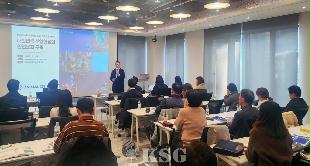




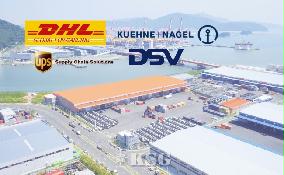

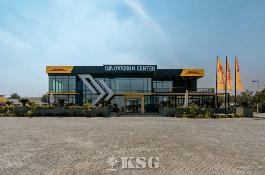
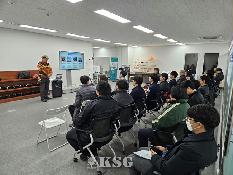
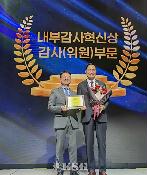



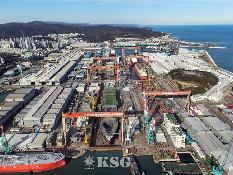
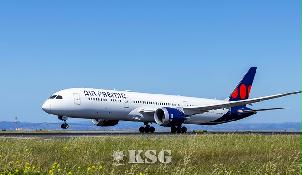
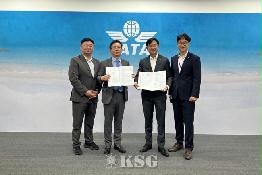

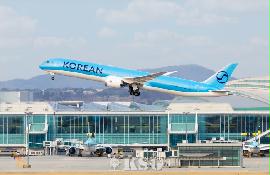


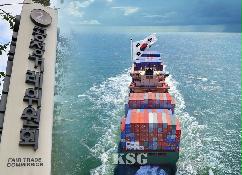



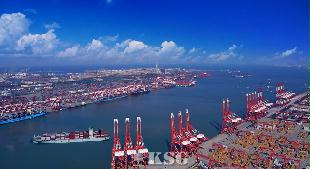
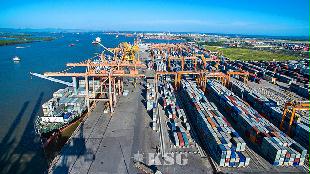
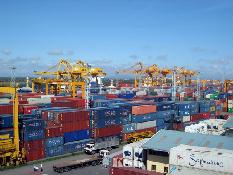






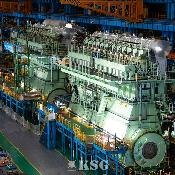
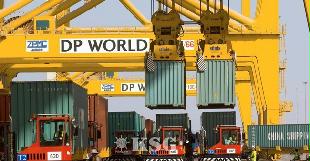
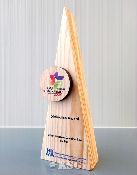
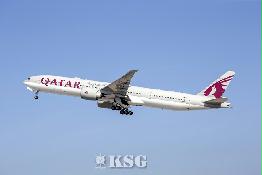





















0/250
확인